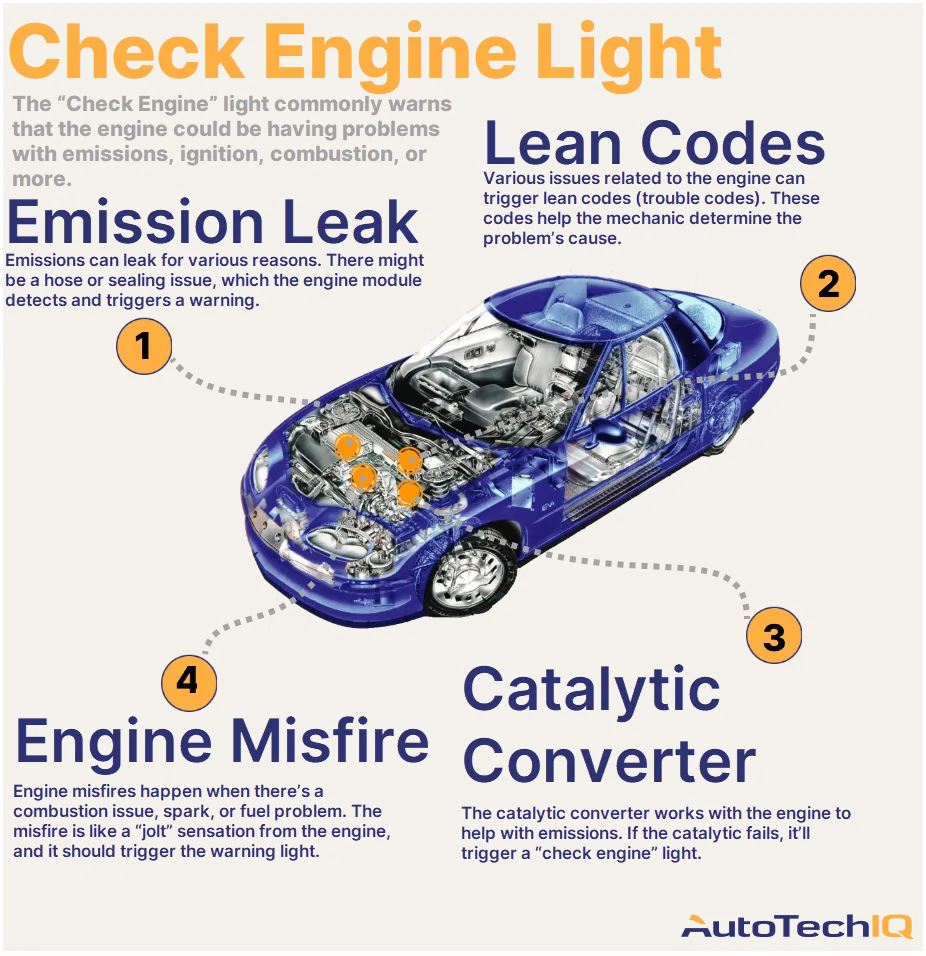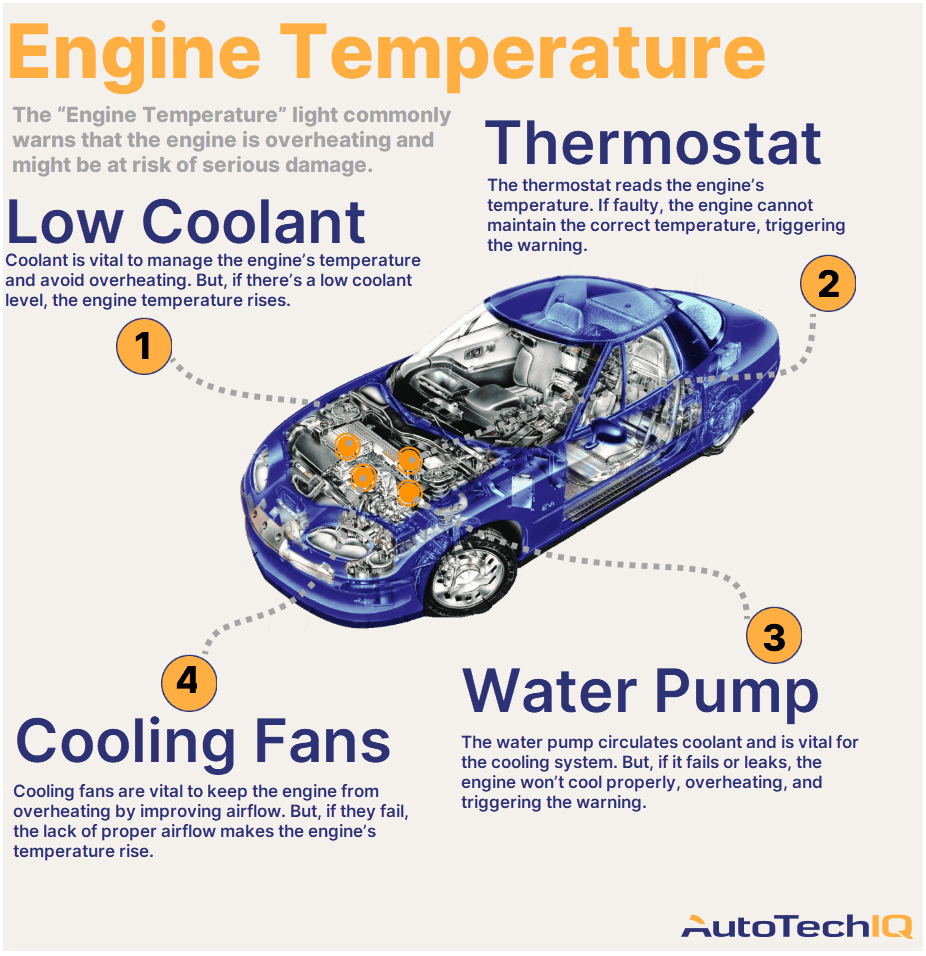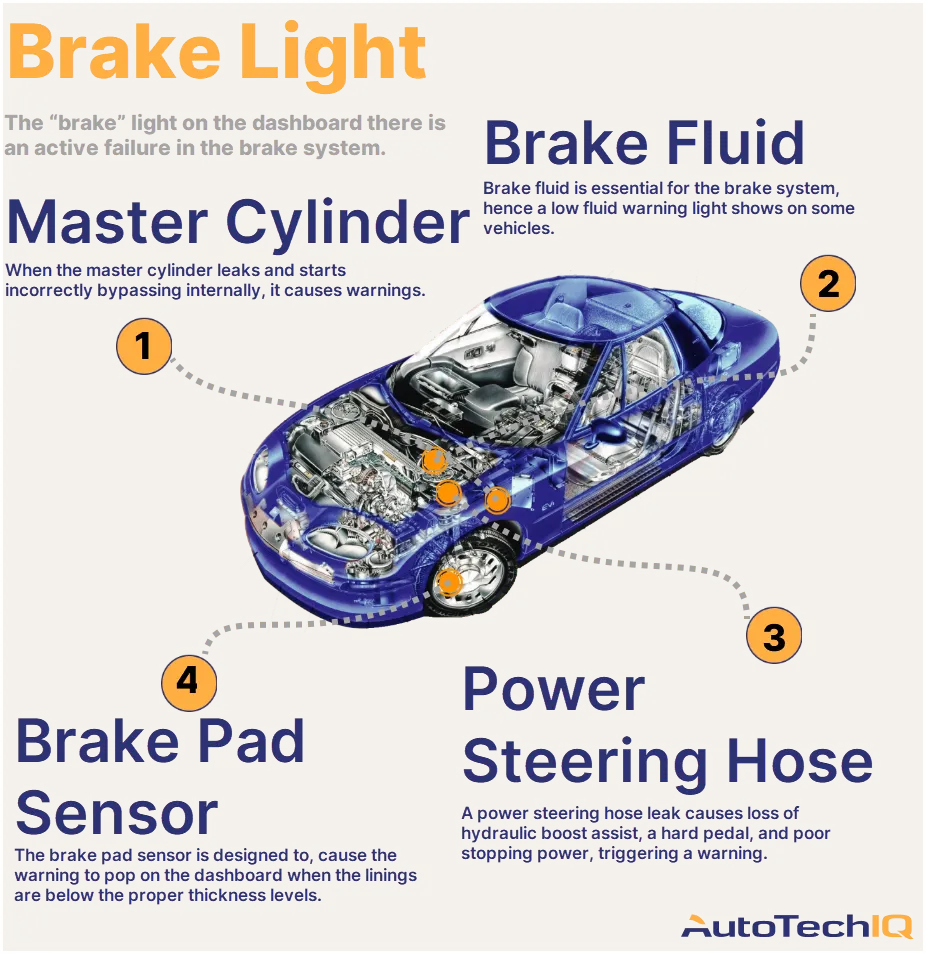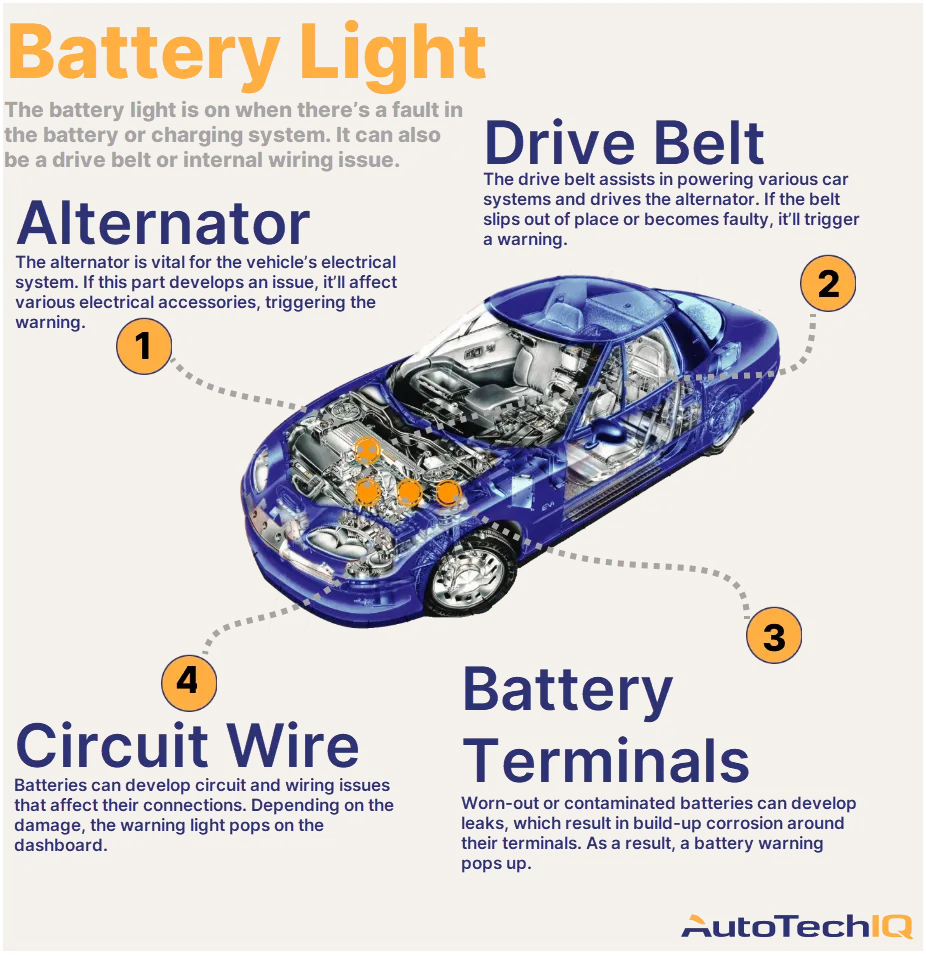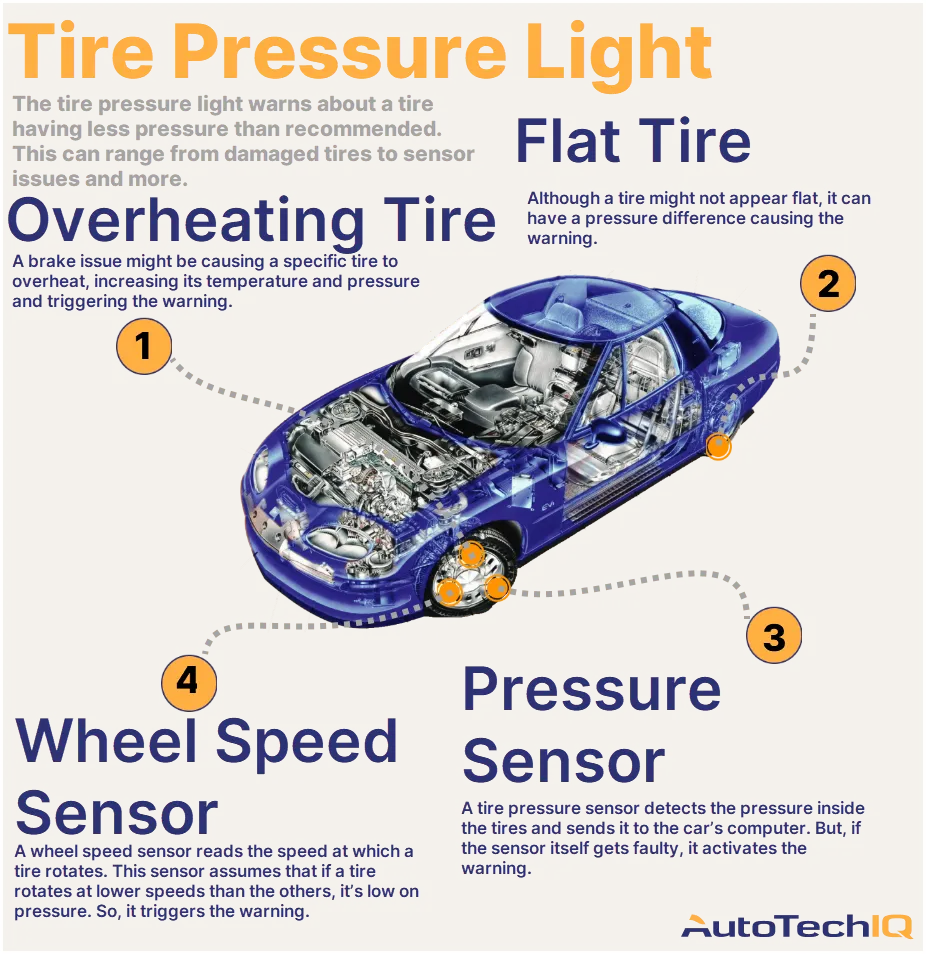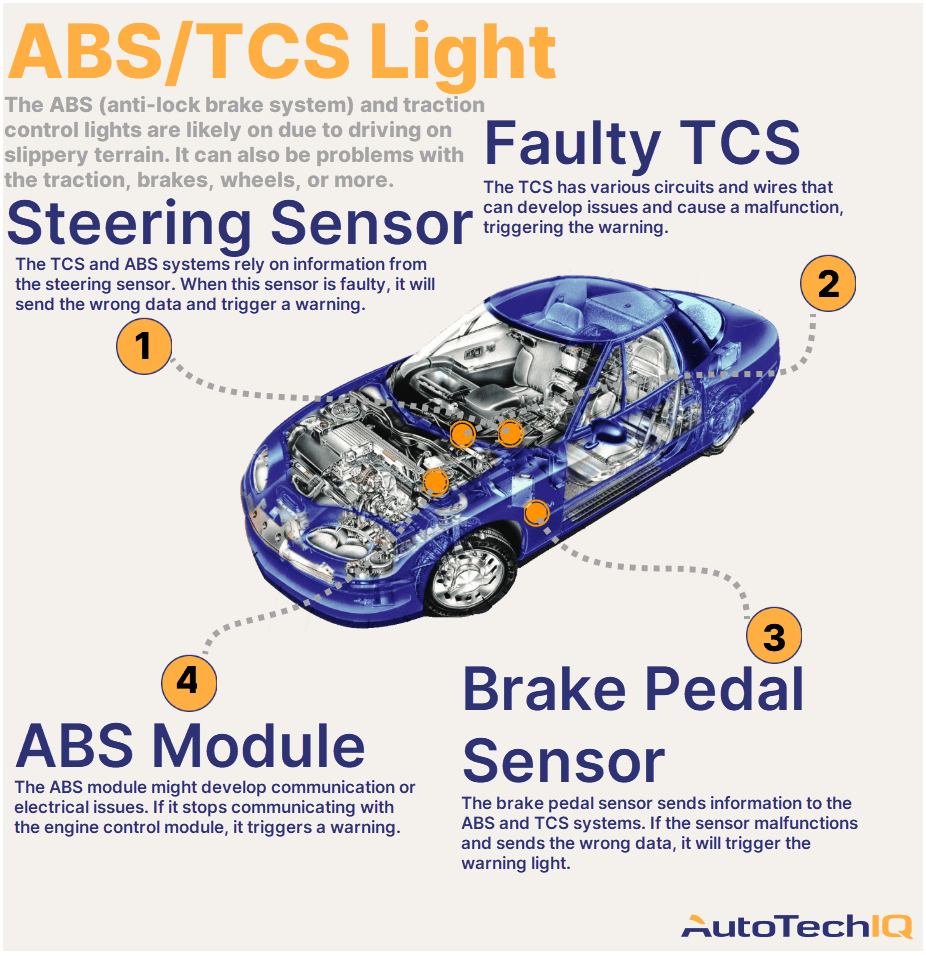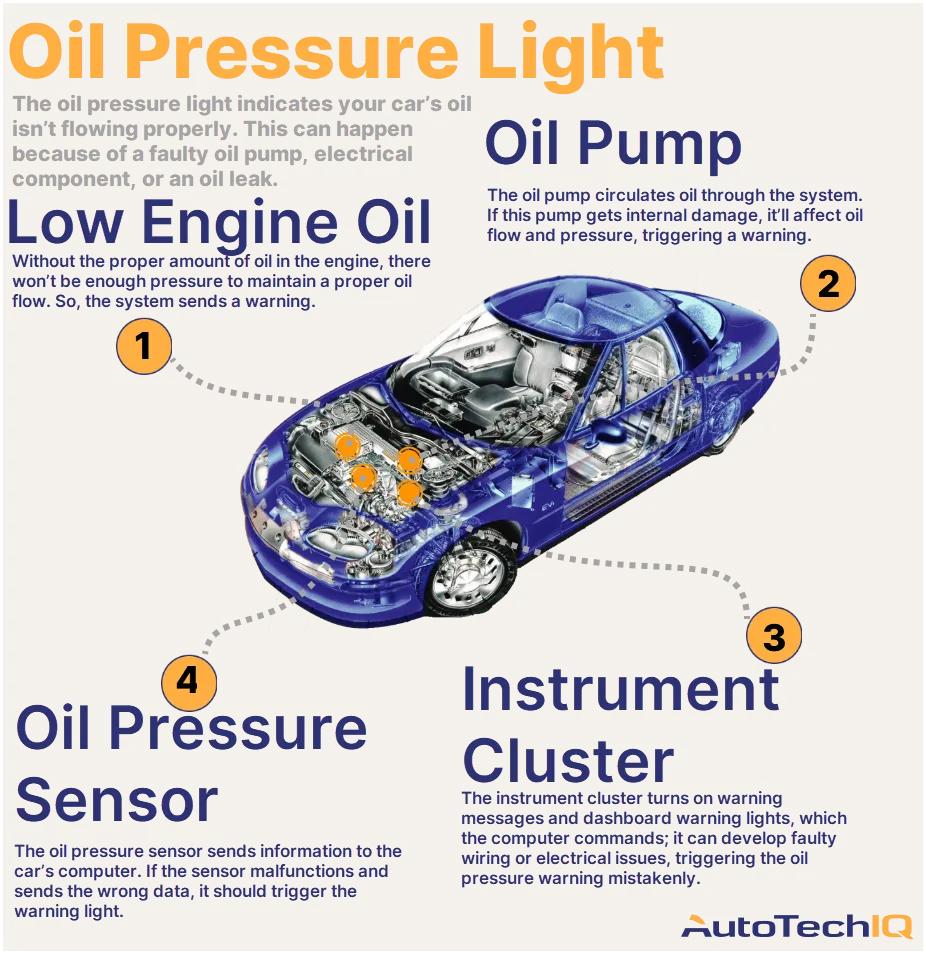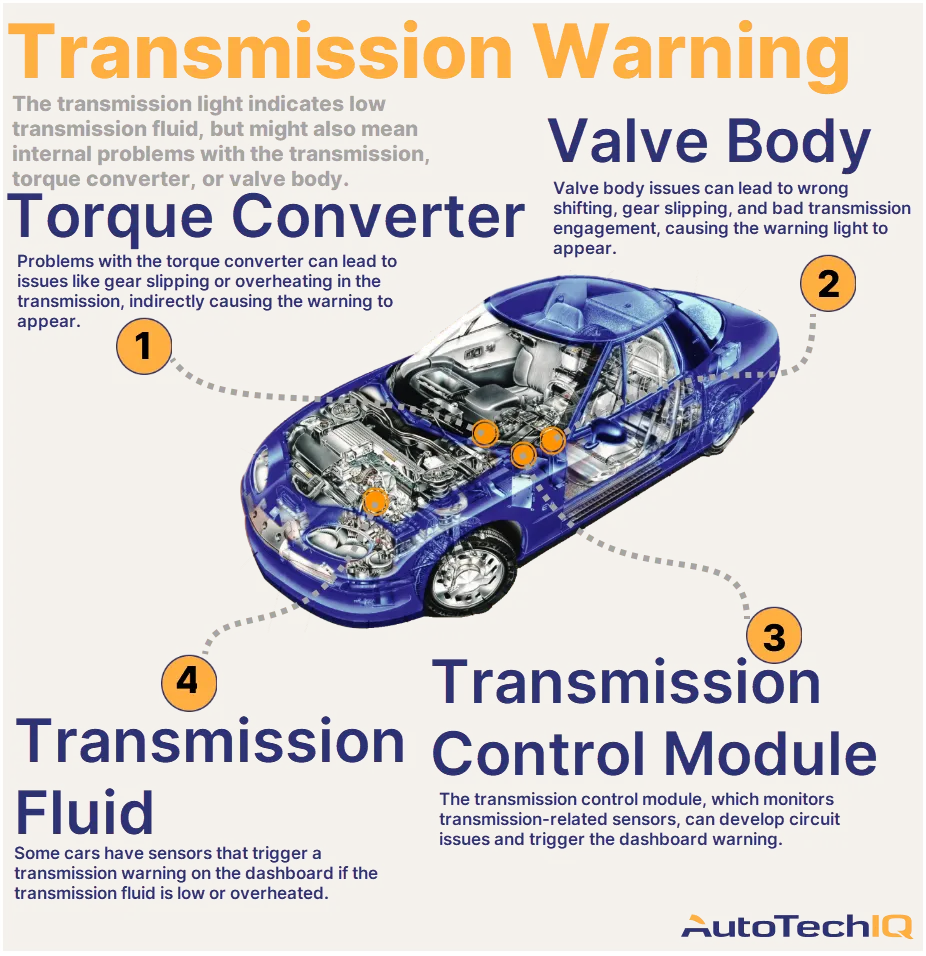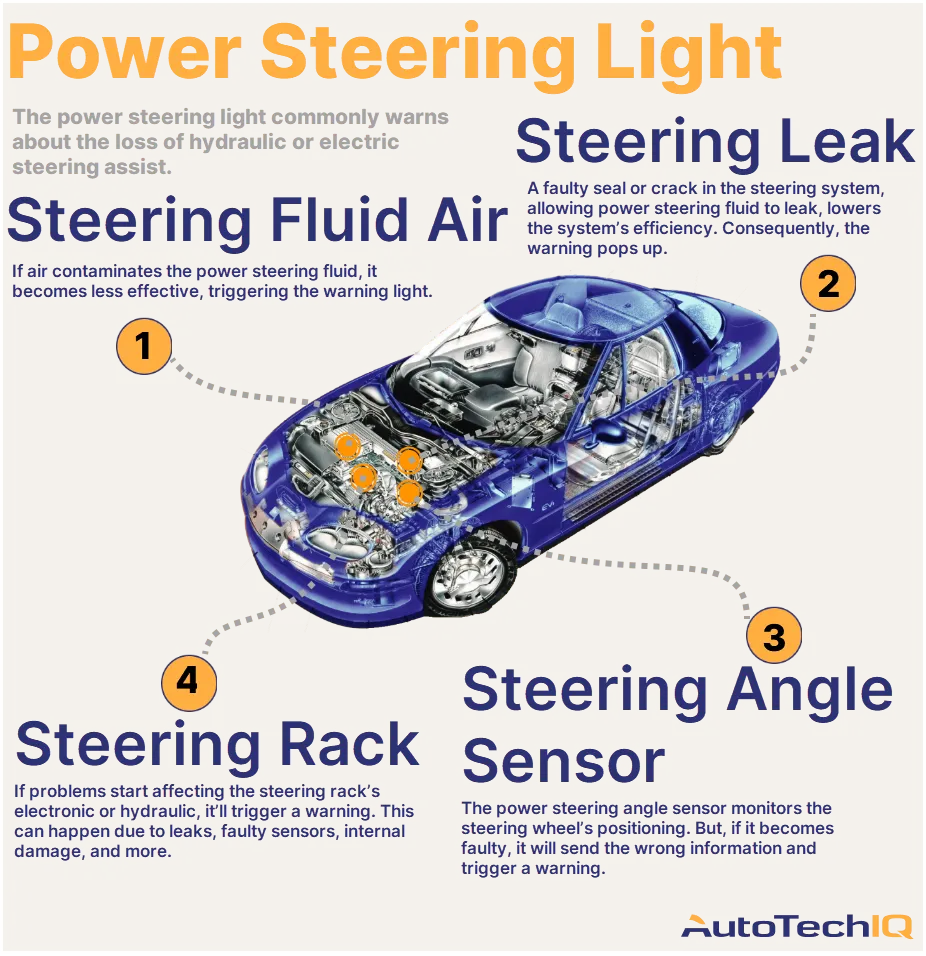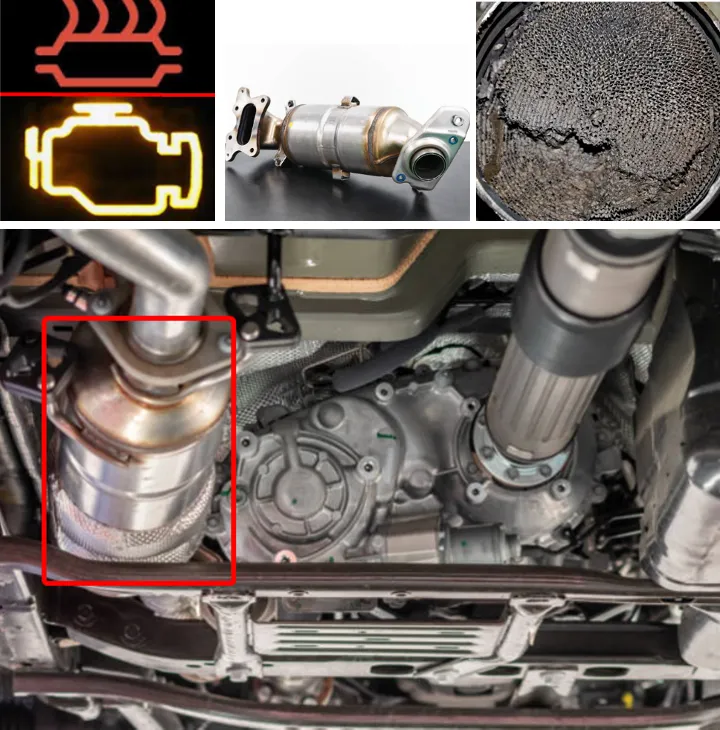
A catalytic converter is a fireproof ceramic or metal cylinder with honeycombs through which exhaust gases, which contain harmful substances: hydrocarbons, nitrogen oxide, carbon monoxide, pass. On the walls of these honeycombs there is a microlayer of catalyst substances: it can be platinum, palladium or rhodium. They speed up chemical processes, and exhaust gases become less toxic after redox reactions with these metals.
Catalysts are installed in the exhaust system of cars with gasoline engines. Particulate filters are most often used to clean diesel engine exhaust gases.
The catalyst reduces the temperature of the gases. At the inlet to the catalyst, the gas temperature is about 730 °F, and at the outlet 500 °F.
The work is determined by the second oxygen sensor, also known as a lambda probe. It is placed after the catalyst, and its task is to determine the level of toxicity of emissions. If you simply remove it, the sensor will record low catalyst efficiency and a Check engine error will appear on the dashboard.
Symptoms of a faulty catalyst
- The check engine light on the instrument panel lights up for various reasons.
- Reduced engine power.
- Extraneous sounds under the bottom.
- Unstable gas pressure from the muffler.
- Exhaust smell.
Replacing the catalyst in a car service
- diagnostics are performed to determine the condition of the catalyst using special diagnostic tools.
- The car is raised on a lift to provide access to the exhaust part of the car.
- Remove the old catalyst from the muffler and other parts.
- Installation of a new catalyst.
- After installing a new catalyst, the vehicle is checked for exhaust system operation for exhaust gas leaks.
The old catalyst can be sent for disposal or recycling, as it contains expensive metals.


